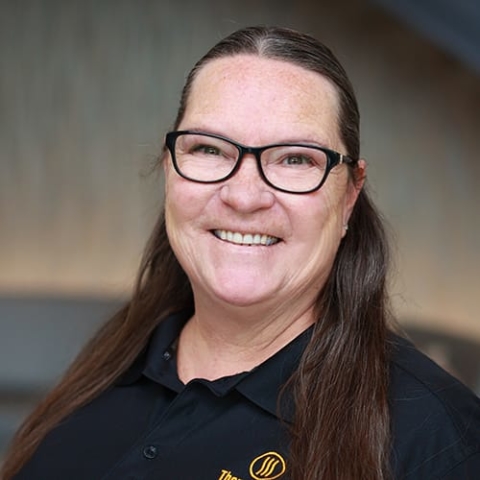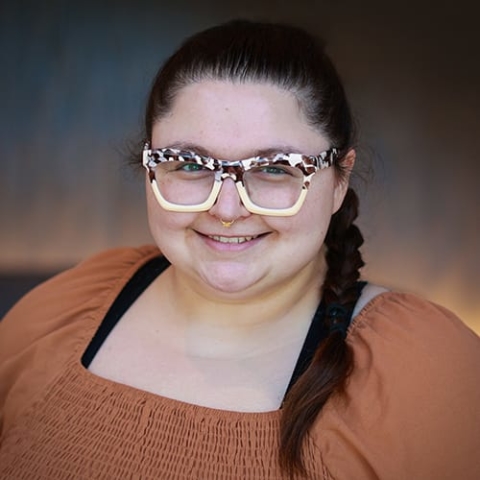Here are answers to many common questions we are asked about taking accurate temperatures of food.
Why do I get different readings when I measure my food in different places?
You’ll get different readings when measuring temperatures in different spots, because the temperature of the food can be different in different places at the same time.
For instance, is not unusual for the internal temperature of a large roast or turkey to vary by as much as 20 to 30°F (10 to 15°C) throughout the meat or bird. Even a steak or a boneless chicken breast may show differences of many degrees as you move the tip of your thermometer probe from the surface toward the center of the piece, or from end to end, depending upon the speed and accuracy of your thermometer.
Why did my steak come out medium well when my ThermoWorks thermometer reading suggested medium?
This likely happened because meat continues to cook after you take it off the heat. This is called “resting” or “carry-over cooking.”
Cooked meat should be allowed to “rest” after cooking and before cutting. This permits the juices to be reabsorbed into the fibers of the meat. If you skip the resting period, you will lose more flavorful juices when the meat is cut, because the temperature of the meat always continues rise a little during the resting period.
Typically, even a small steak or individually cooked piece of chicken will rise at least three or four degrees during carry-over cooking. A larger roast or turkey can rise as much as ten to fifteen degrees. Your should always remove your meat from the oven or grill prior to reaching your target doneness temperature so it won’t get overcooked.
Why is my chicken still bloody when my ThermoWorks thermometer says it’s done?
If your chicken still looks pink even when the thermometer says it is ready, it’s because the bone marrow in chicken bones can release blood while cooking. If the chicken has reached at least 160°F (71°C) for five minutes or more, it is safe to eat.
(Want to know more? Read our blog post, Safe Chicken Temperatures, Even if It’s Pink!)
What are the critical food safety temperatures?
The USDA publishes temperature guidelines for food holding and cooking. You can use your ThermoWorks thermometer to check temperatures and minimize food-borne illness in your kitchen.
Bacteria thrive between the temperatures of 40°F (4.5°C) and 140°F (60°C). Food should not be stored between these temperatures for extended periods of time. Some leftover foods must be reheated to minimum temperatures to assure sufficient “kill rates” of bacteria or parasites.
Holding hot foods ………………………….140°F (60°C) or higher
Holding cold foods ………………………….. less than 41°F (5°C)
Fridge temperature………………………… 40°F (4.5°C) or colder
Freezer temperature ………………. 0°F (-18°C) to -10°F (-23°C)
See also our chart of chef-recommended temperatures.
What special precautions do I need to take when using a thermometer near a grill?
- Never leave a thermometer inside an oven, grill, smoker, or microwave while cooking unless it is specifically designed for this.
- Don’t leave your thermometer on the grill hood or close to an open flame.
- Some probes are designed to be left inside an oven or grill, but the thermometer housing itself (where the electronic components are kept) typically needs to be kept cool and should only be brought near heat for short periods of time.
- When checking temperatures above a grill or fire, be careful that the thermometer body does not get too hot.
Do you have additional questions?
Our Customer Care Team is happy to help.
Email: orders@thermoworks.com
Phone: Toll Free: 800-393-6434 6am – 8pm M-F, 9am – 4pm Saturday, MT
LiveChat: 6am – 5pm M-F













